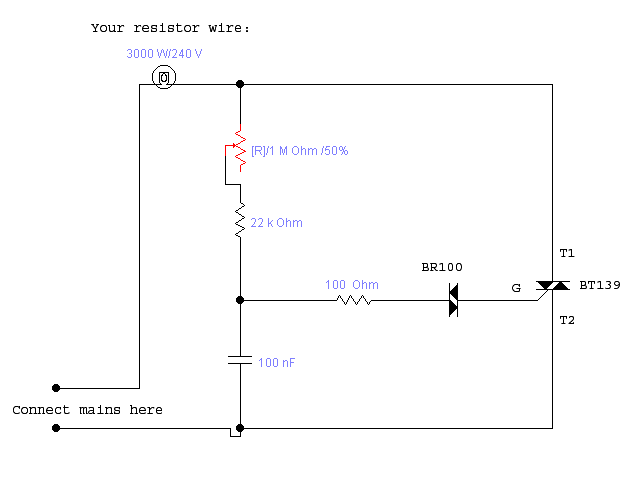Originally posted by Cyrus
How did the fire kill a crow? Do you mean a crow as in a bird? I must be
missing something. I must be
missing something.
I need a crucible for my furnace, and my thought is that if I use an iron pipe and endcap, it will melt under the heat, if I use fireclay/ any other
kind of clay, it will crack at high temperatures, and I cannot use a SiC or C crucible, that would not be DIY. Ok, I might have to if there are no other options. Ok, I might have to if there are no other options.
By the way, charcoal furnaces burn coals, coals are partially graphite. Graphite crucibles are graphite. Why will the crucible not burn?
Maybe the fireclay binder helps. Aha, to make a graphite crucible could I just mix fireclay and graphite dust? That is too easy!
|




 . It has turned white, and goes *clink* *clink* like porcelain when I knock on it.
. It has turned white, and goes *clink* *clink* like porcelain when I knock on it.




 )
) I must be
missing something.
I must be
missing something.  Ok, I might have to if there are no other options.
Ok, I might have to if there are no other options.
 ).
).



 Nobody has noticed that you have a fetish
for metals, notably Pt. Not at all.
Nobody has noticed that you have a fetish
for metals, notably Pt. Not at all. 

 (I am not serious.)
(I am not serious.) ) is most likely due to the comparatively extreme heating and cooling rates, creating thermal stress cracks. Ceramic
kilns usually operate with 2-3 day firing cycles.
) is most likely due to the comparatively extreme heating and cooling rates, creating thermal stress cracks. Ceramic
kilns usually operate with 2-3 day firing cycles.
 I might have to go to
some garage sales.
I might have to go to
some garage sales.





 As long as you avoid electrocuting
yourself, an electrical coil furnace is probably as safe as furnaces get, heh. The power controller I used was this one, in case you want to check
out the manufacturer's homepage: http://www.elfa.se/elfa-bin/setpage.pl?http://www.elfa.se/el...
As long as you avoid electrocuting
yourself, an electrical coil furnace is probably as safe as furnaces get, heh. The power controller I used was this one, in case you want to check
out the manufacturer's homepage: http://www.elfa.se/elfa-bin/setpage.pl?http://www.elfa.se/el...


















 .
.





 ),
inductance is negligible.
),
inductance is negligible. Assuming that
nichrome has almost the susceptibility of vacuum, I still get a significant inductive effect on 50 Hz from the googled formula...
Assuming that
nichrome has almost the susceptibility of vacuum, I still get a significant inductive effect on 50 Hz from the googled formula...